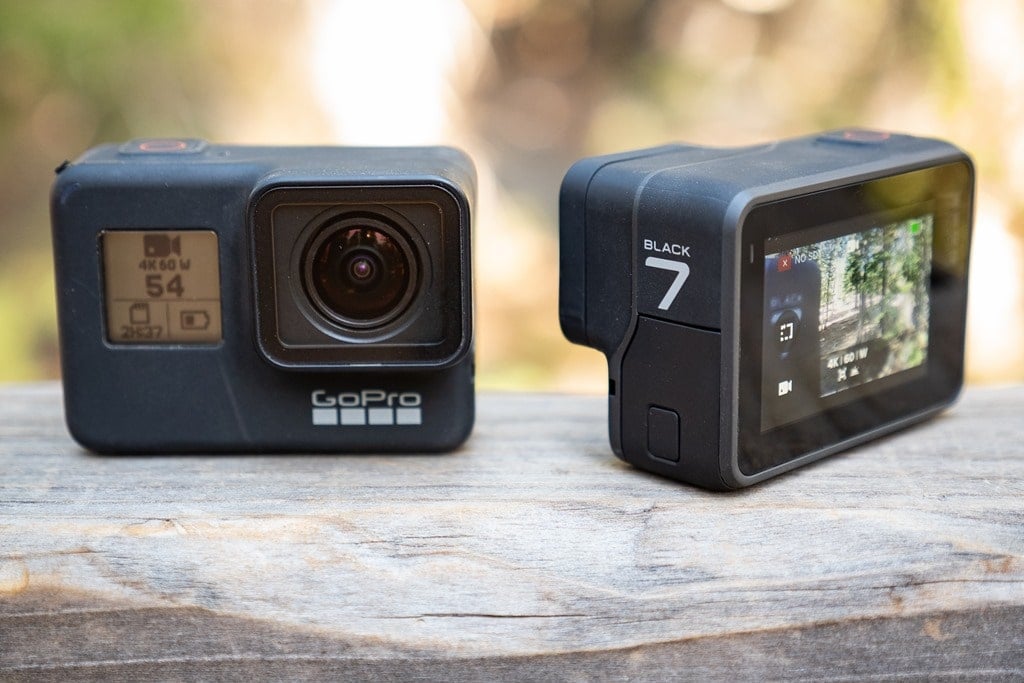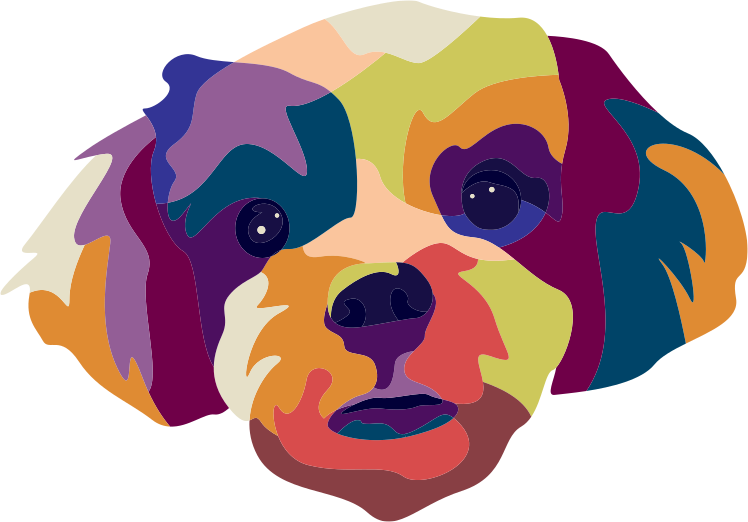Video
Table of Contents
Samples
I’ve been making videos for years, as a Writer, Director of Photography, Editor, and Motion Graphics artist. Most of my work has been for clients or for an internal audience at my current role (LinkedIn). I love using video as a communication medium, especially when you need to make that emotional, human connection with the audience.
Tools #
Capture #
I’m fully versed in using professional camera, lighting, and grip for production. Rather than list all of those, here are some of the more interesting tools that I use which have shaped my style & process over the years.
GH4 #
I’ve been using Panasonic Lumix cameras for years. They are super compact, they won’t overheat if you’re recording longer-form events. The lenses are less expensive than many of the other common options. I can travel with a 2-camera interview kit complete with audio and tripods in a single bag. I got my GH4s 10 years ago and still turn to them when I’m looking to move quick and light.

Mavic Air 2 #
For aerial capture I use a basic DJI Mavic Air 2. I hold a FAA Part 107 rating, though I mostly fly for fun. There are a lot of amazing locations here in the SF Bay Area to capture.
Photo: C.Stadler/Bwag, CC BY-SA 4.0 https://creativecommons.org/licenses/by-sa/4.0, via Wikimedia Commons
Insta360 OneX #
I got into 360 capture early on, even spending time struggling with the stitching process which involved an array of action cams, calibrations, and unique presets for your own rig. I never quite got it right and was very excited to see the Ricoh Theta camera and what it could do. While the resolution left a lot to be desired, the time it saved in the stitching process could not be overstated. The technology quicly advanced, and I tried the GoPro MAX (great resolution but took an ETERNITY to stitch), and settled on the Insta360. A form factor like the Ricoh Theta meant that it was compact and easy to use, and handling the files is a breeze, with a lot of plugins available for the stitching process. I never updated from the OneX but still use it now and then for photos and videos, and I love how the company has been innovating in the space.
 Photo: Lexi Liang, CC BY-SA 4.0 https://creativecommons.org/licenses/by-sa/4.0, via Wikimedia Commons
Photo: Lexi Liang, CC BY-SA 4.0 https://creativecommons.org/licenses/by-sa/4.0, via Wikimedia Commons
GoPro #
I can’t leave out the small but mighty workhorse (pony?) of the arsenal: the GoPro. While they’ve progressed in quality so much that you can shoot incredibly cinematic scenes with them, they are most useful for any place where you need a light, tiny camera that you can set and forget, and not worry about damaging (better than putting a $10,000 cinema camera at risk!). I’ve used these in small aircraft interiors, small auto interiors, on the hoods of countless cars, mounted on a bike, on an actor, on a dog, tied to a balloon, and even the classic handheld or selfie stick. GoPro is one of those companies that makes a product that is so good that people don’t need to update to the next generation every time they are released, which has meant times of financial struggle. I’m glad that they are still innovating in the space and hope that they continue for years to come, as they have had immeasurable impact on the field of content creation for everyone from beginners to professionals. I’m on board with anything that helps the viewer to better experience the story and the moment, and GoPro has changed that for the better.

Edit & Motion Graphics #
Davinci Resolve + Fusion #
I’ve been a fan of Resolve for many years, and the fact that they offer their Studio editing platform on Linux is a huge reason that I use them. Their node-based color and compositing was eye-opening for me, though it took some time to adjust to that over the layer-based formats of Premiere and After Effects.

Premiere Pro + After Effects #
The absolute workhorses of the industry. My AE world was opened up when I began embracing scripting in After Effects. Instead of just setting keyframes for each individual piece of motion, when I began connecting properties to control layers, writing scripts that accounted for time, sizes, events, colors, etc, I found that it was much easier to make changes to a composition down the road. I learned a lot from tutorials by EC Abrams and UkraMedia
Blender #
I’m still learning Blender but have found it invaluable when I need a particular look or animation style that After Effects just can’t touch.
Samples #
Work samples coming soon!
